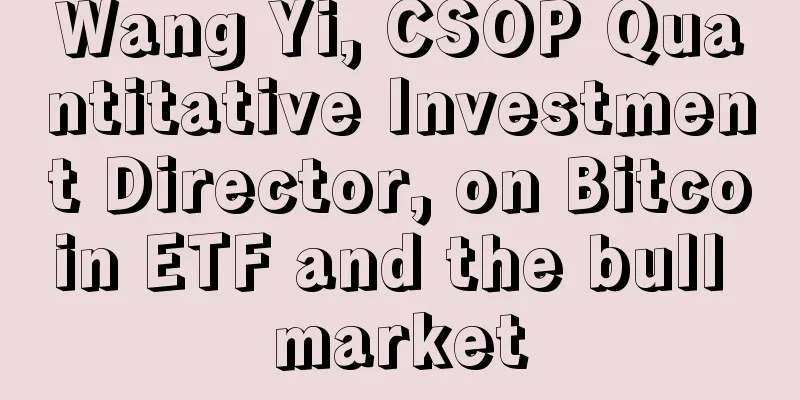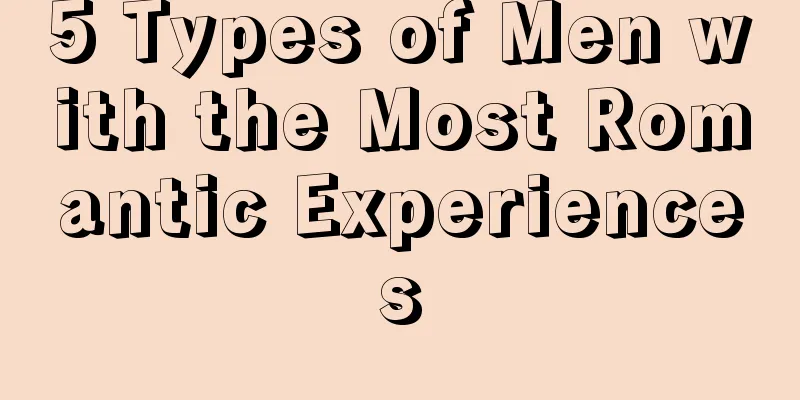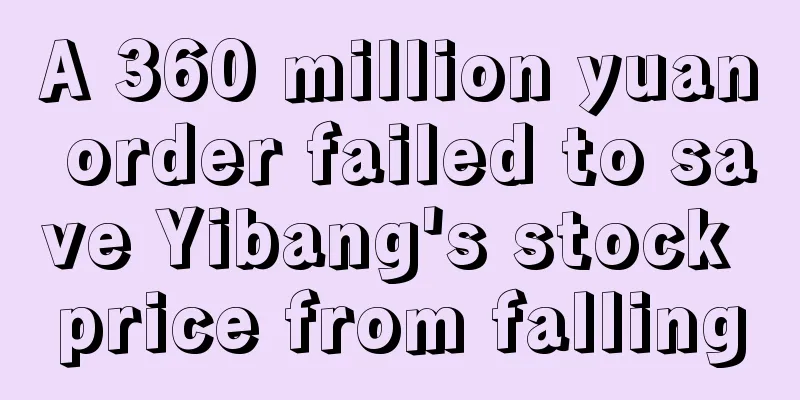Dr. Jiang Hai from the Chinese Academy of Sciences: Discussion on the application of blockchain in equity crowdfunding

|
Blockchain is an innovative distributed transaction verification and data sharing technology, also known as a distributed shared ledger. Specifically, the core value of blockchain is to achieve decentralized trust by building a P2P self-organizing network, a time-ordered and tamper-proof cryptographic ledger, and a distributed consensus mechanism. In the past two years, blockchain technology has received more and more attention from industry and academia, and people have gradually realized that blockchain is a disruptive innovation because it is the first time that decentralized trust can be established from a technical level. However, as an emerging Internet technology, blockchain still needs to be further improved in many aspects. First, the efficiency of the consensus mechanism. The efficiency of the consensus mechanism and the degree of decentralization are a dilemma, which needs to be balanced according to the specific application scenario. The higher the degree of decentralization, the lower the efficiency of the consensus mechanism. Secondly, the efficiency of large-scale ledger access. As the number of transaction records increases, the ledger will become larger and larger. In order to meet the performance requirements of the upper-level business, it is necessary to improve the ledger storage strategy and access mechanism. Finally, the scalability of ledger data. Since blockchain is a basic facility, in order to meet the diversified application business of the upper layer, it is necessary to improve the personalized customization ability of ledger data organization. At present, many international and domestic teams, including our Bubi, are developing blockchain technology around the above aspects. In terms of application scenarios, blockchain can be widely used in equity, supply chain, credit, securities, banking and other industries. This article will explore the application of blockchain in the field of equity crowdfunding, focusing on the combination of blockchain technology and equity crowdfunding business at the system level. The application of blockchain technology in the field of equity crowdfunding has the following advantages: First, it is more open, transparent, authentic and trustworthy, the information is more symmetrical to all parties involved in investment and financing, and the records are difficult to tamper with, forge or delete; 1. Equity registration managementEquity registration is the basic guarantee for the security of securities market transactions. For equity crowdfunding, registration management is extremely critical. On the one hand, registration plays a role in showing the equity of the parties to the public, allowing potential transaction subjects to understand the specific ownership status, and maintaining transaction security through the presumption of the correctness of registration rights; on the other hand, registration is also a key link in equity transactions, recording the transfer of equity owners. Blockchain has a unique identity account system, and the recorded equity can be used as an electronic certificate for equity registration. The existing management of unlisted equity usually requires manual processing of paper equity certificates, option issuance and convertible notes. If there are frequent equity changes, the maintenance of shareholder registers will become cumbersome, and the maintenance and tracking of historical transactions will also become difficult. Blockchain technology will manage all of this digitally, making it more efficient and secure. Blockchain crowdfunding equity registration will make full use of the security, transparency, immutability and easy tracking characteristics of blockchain ledgers to record the company's equity and its change history. 2. Equity transfer and circulationFor equity crowdfunding, equity circulation is an important part of the business, which can stimulate user activity and promote more registration and issuance. Traditional OTC equity transactions are based on the credit of both parties to the transaction. Both parties bear the credit risk themselves and need to establish bilateral credit before transactions can be carried out. The trading platform centrally bears the credit risk of market traders. Blockchain technology can reduce the credit risk of transactions. As shown in Figure 1, the ownership of equity is registered in the blockchain, and equity transactions must be verified with the owner's private key signature; after the transaction is confirmed, the change of equity will also be recorded in the blockchain, thereby protecting the interests of both parties to the transaction. Figure 1 Blockchain equity transfer 3. Crowdfunding Alliance and Data SharingEquity crowdfunding business is different from traditional on-site transactions. This type of trading market activities are not organized by one or a few unified institutions, but are carried out by many independently operated companies. Therefore, these trading activities are scattered across various platforms. The crowdfunding alliance aims to bring together these scattered users and transactions to form a joint distributed trading center. Figure 2 Data sharing between crowdfunding platforms The biggest crisis of the alliance comes from trust. The decentralized trust built by blockchain is naturally suitable for alliances and collaboration. The trust built by blockchain technology is not subject to human will. It can also ensure the normal operation of the system and business without the need for mutual trust. Each crowdfunding platform becomes a node in the blockchain, with its own public and private keys, and jointly participates in transaction verification and accounting; in addition to crowdfunding platforms, regulatory agencies can also become one of the nodes, making supervision more transparent and convenient. To form an equity crowdfunding alliance, users, projects, and ownership must first be shared. If the traditional system is built in a way that each platform has an independent database, sharing will become extremely complicated. As shown in Figure 2, blockchain technology builds a trust foundation and can achieve efficient data sharing. Each platform maps its own users, crowdfunding projects, equity certificates, etc. to the blockchain network. 4. Crowdfunding Smart ContractIn the early stage of equity crowdfunding, the initiator, crowdfunding platform, lead investor, sponsor and other parties jointly sign a crowdfunding contract to stipulate their respective responsibilities and obligations. This contract can be stored in the blockchain in the form of a smart contract, and the blockchain ensures that the contract cannot be tampered with during its performance. Figure 3 Blockchain crowdfunding smart contract example As shown in Figure 3, according to the conditions of the contract, the blockchain bottom layer first generates the first transaction (TX1): create a joint account, transfer 3 million from the lead investor's account to the joint account, and generate a 2 million IOU for investors to purchase. The account is jointly owned and maintained by all parties in the contract; at the same time, create TX2 (within the specified time, if the 2 million IOU is sold out, 5 million will be transferred from the joint account to the initiator's account), and TX3 (if the crowdfunding fails, track the transaction records of the joint account and refund the full amount). TX1, TX2, and TX3 are written to the blockchain at the same time and automatically executed by the blockchain bottom layer. 5. System implementation architectureBlockchain equity crowdfunding platforms usually consist of a three-layer structure (as shown in Figure 4). The bottom layer is the blockchain network, which builds a decentralized and trusted distributed ledger; the middle layer is the combination of business logic and blockchain, which jointly establishes account centers, equity registration, equity certificates, equity transactions, equity management and other functions; the top layer is the services provided by each crowdfunding platform to customers. Figure 4 Blockchain equity crowdfunding system architecture Author: Jiang Hai (PhD, Institute of Computing Technology, Chinese Academy of Sciences) |
<<: IBM: How Blockchain will change business and society
>>: 12 new banks join blockchain consortium R3
Recommend
Hardware instead of hard forks: Accenture plans to end blockchain security controversy
Baozou Comment : The blockchain field is seeking ...
Lawyer’s view: A brief discussion on the company equity registration system on the blockchain
About the author: Sun Ming, nicknamed "High-...
How to tell marriage from face reading?
An unhappy marriage is indeed quite painful, beca...
Behind the crazy rise of Bitcoin, has China become the largest buyer of Bitcoin?
Author: Shenzhen 8 Internet Finance Mr. Shen8 jok...
How is the fortune of people with moles on their hands?
Although the growth of moles seems to be random i...
What does Tan Lang Ming Palace represent?
There are fourteen main stars in the Eight Great ...
What does a woman's left eye twitching indicate?
The left eye twitching means good fortune, while ...
The facial features of women who are prone to cheating and how to prevent cheating
The facial features of women who are prone to che...
What kind of people with these foot shapes are unlucky?
In physiognomy, what kind of people with feet are...
What is the fate of a man with curved and delicate eyebrows? Are men with curved eyebrows good?
1. The personality of a man with curved and delic...
Delta 1600W Power Supply Review
Power supply model: DPS-1600BB Brand: Delta Rated...
No nose means poverty all your life
The best arrangement for the nose is to have a ni...
Silicon Valley developer says: ASIC mining machines are money printing machines for manufacturers
According to Bitcoin.com, Silicon Valley develope...
Can the lines of indulgence in palmistry be eliminated?
Can the lines of indulgence in palmistry be elimi...
What are the requirements for a woman with a full forehead? What is the fate of a woman with a full forehead?
Our destiny and character both contain innate ele...









